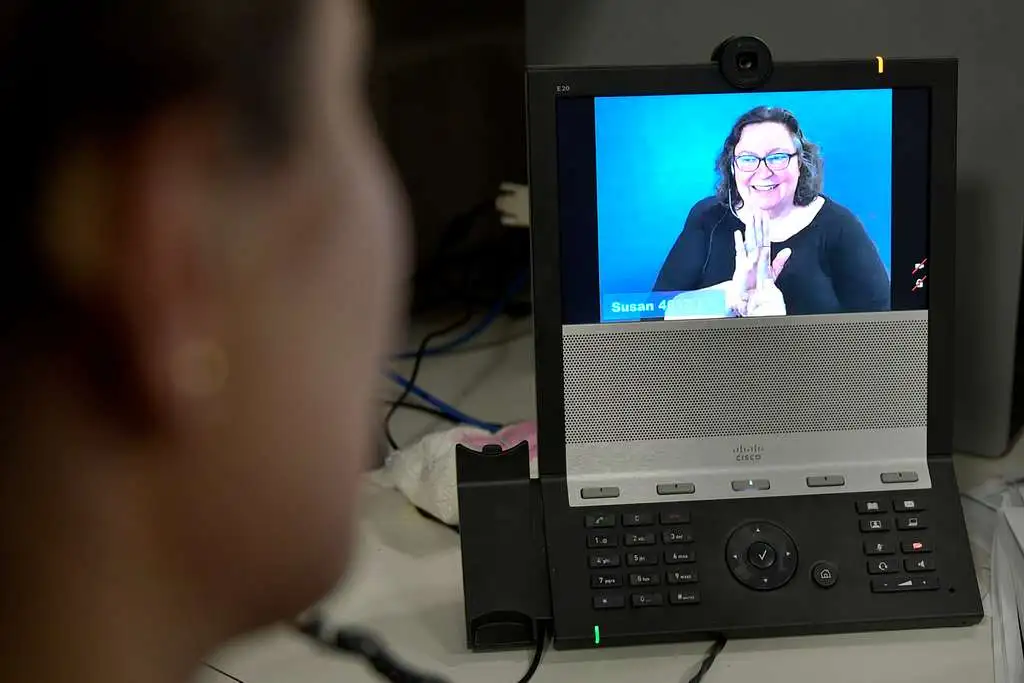Introduction to Cued Speech
Cued Speech is a communication system that was developed to improve the clarity and understanding of spoken languages, particularly for those who are deaf or hard of hearing. But what exactly is Cued Speech? It’s a visual mode of communication that complements lip-reading by using hand cues to represent different sounds, making spoken language more accessible.
The concept of Cued Speech originated in the 1960s, created by Dr. R. Orin Cornett. His goal was to address the gap in communication for individuals with hearing impairments, especially when it came to distinguishing similar-looking speech sounds on the lips. Cued Speech was designed to be a simple, yet effective way to make spoken language visible, providing a clear and complete representation of speech through visual cues.
The History of Cued Speech
The development of Cued Speech began in the 1960s when Dr. Cornett, a physicist and vice president of long-range planning at Gallaudet University, recognized the limitations that deaf individuals faced when relying solely on lip-reading. At that time, lip-reading was the primary method for understanding spoken language, but it was often imprecise and could lead to significant misunderstandings.
Dr. Cornett introduced Cued Speech in 1966, aiming to bridge this communication gap. The system quickly gained attention for its innovative approach, though its adoption faced some challenges. Early on, there was resistance from those who were more accustomed to traditional sign language, as well as from educators who were unsure about integrating this new method into their teaching practices.
Evolution of Cued Speech
Over the years, Cued Speech has evolved significantly. Initially developed for English, it has since been adapted for over 60 different languages and dialects worldwide. This expansion highlights the system’s versatility and its potential to enhance communication in diverse linguistic contexts.
Advances in Cued Speech education have also played a crucial role in its evolution. Educational programs have been developed to train both teachers and parents on how to effectively use Cued Speech. This has led to more widespread use, particularly in settings where spoken language is a primary mode of instruction, such as mainstream classrooms.
How Cued Speech Works
Cued Speech is fundamentally simple, yet it requires a solid understanding of its components to be used effectively. It involves the use of eight different hand shapes placed in four different locations near the face. Each combination represents different consonant or vowel sounds. When used alongside lip movements, these cues make it possible to distinguish between sounds that look similar, such as “b” and “p.”
One of the key differences between Cued Speech and sign language is that Cued Speech is not a language itself but rather a tool to make spoken language visually accessible. While sign language is a complete language with its own grammar and syntax, Cued Speech serves as a bridge to understanding spoken language, particularly in educational settings.
Modern-Day Applications of Cued Speech
Today, Cued Speech has found its place in various modern applications, particularly in education and communication accessibility. In educational settings, Cued Speech is used to support the learning of spoken languages by making them more accessible to deaf and hard-of-hearing students. It helps in phonemic awareness, which is essential for reading and writing skills.
Beyond the classroom, Cued Speech also plays a significant role in enhancing communication accessibility in various contexts. For instance, it is used in family communication, enabling parents and children to interact more effectively. It is also employed in therapy and rehabilitation settings to assist individuals who are developing speech and language skills.
Benefits of Cued Speech
The benefits of Cued Speech are numerous, particularly when it comes to language development and literacy. By providing a visual representation of spoken language, Cued Speech allows deaf and hard-of-hearing individuals to develop a better understanding of phonetics, which is crucial for reading and writing.
Furthermore, Cued Speech supports the acquisition of language skills in children, making it easier for them to learn new words and concepts. It also enhances the ability to distinguish between similar-sounding words, which is a common challenge for those relying solely on lip-reading.
Challenges and Misconceptions
Despite its benefits, Cued Speech is not without its challenges and misconceptions. One common myth is that Cued Speech replaces sign language, which is not the case. Cued Speech is designed to complement, not replace, other forms of communication.
Another challenge is the learning curve associated with mastering the hand cues and integrating them with lip-reading. While some may find this challenging, many who have adopted Cued Speech find that the benefits outweigh the initial difficulties.
Cued Speech has come a long way since its inception in the 1960s. From its early development to its modern-day applications, it has proven to be a valuable tool for enhancing communication, particularly for the deaf and hard-of-hearing community. As it continues to evolve and gain recognition, the importance of Cued Speech in supporting language development, education, and communication accessibility cannot be overstated. Looking ahead, Cued Speech is poised to remain a vital component in the toolkit for improving communication and understanding for many individuals worldwide.




